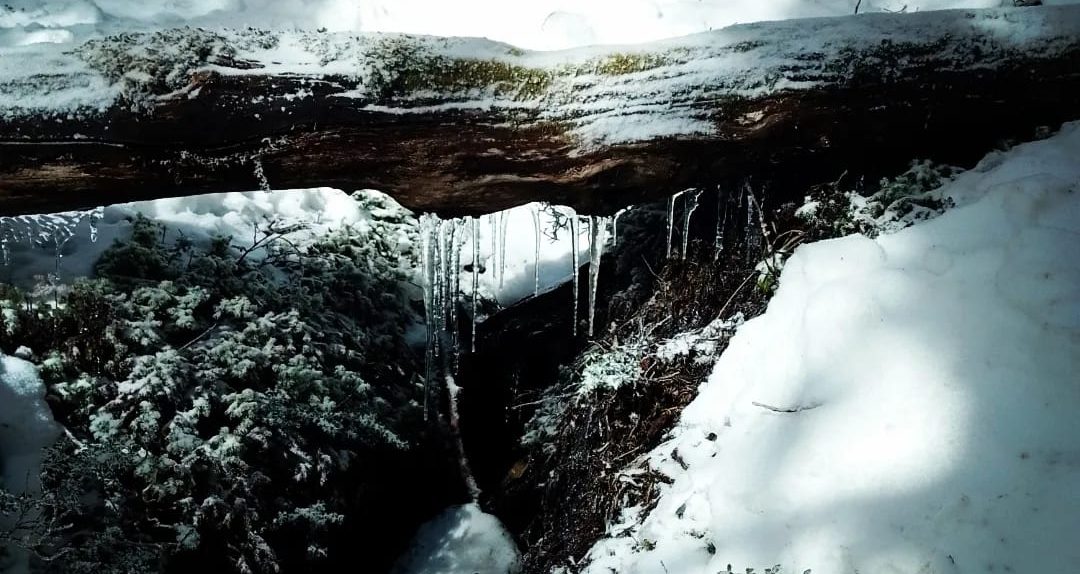In the enigmatic realm of human experience, where the mundane and the mystical intertwine, lies the profound concept of initiation. Delving into the depths of human spirituality and the transformative power of initiation rituals, these rites, often relegated to the realm of the numinous, serve as portals to the sacred, transcending the ordinary to unlock hidden dimensions of existence.
Initiation rituals are not mere cultural artifacts but rather profound vehicles for transcendence. In a world increasingly disconnected from its primordial roots, these rituals provide a profound connection to the sacred, guiding individuals on a transformative, metamorphic journey. As initiation is a cosmic event, this action corresponds to a representation of the reenactment of the creation of the universe. Just as the universe emerged from the primordial, corrosive ooze of chaos and darkness, initiate confronts his own inner chaos and limitations — the limits of existence. In undergoing initiation, he embarks on a grialic quest for meaning and purpose, fiercely striving to transcend the confines of the profane world.
These rituals often involve a symbolic death and rebirth, mirroring the cycle of life, death, and rebirth observed in nature. As initiate confronts his ephemeral mortality, he emerges renewed and reborn, akin an alchemical process in which the material to be worked is pulverized and transformed — a phoenix rising from its ashes. Initiation rituals offer a path to «sacred time.» In the modern world dominated by the relentless march of linear time, these rituals transport individuals to a timeless realm, where the past, present, and future converge. By participating in these sacred acts, initiate transcends the limitations of temporal existence, gaining access to the eternal. Therefore, initiation rituals serve as a bridge between the individual and the divine, and through the exploration of the numinous in nature, initiate encounters the sacred within himself. This connection to the divine grants him a sense of purpose, belonging, and cosmic unity.
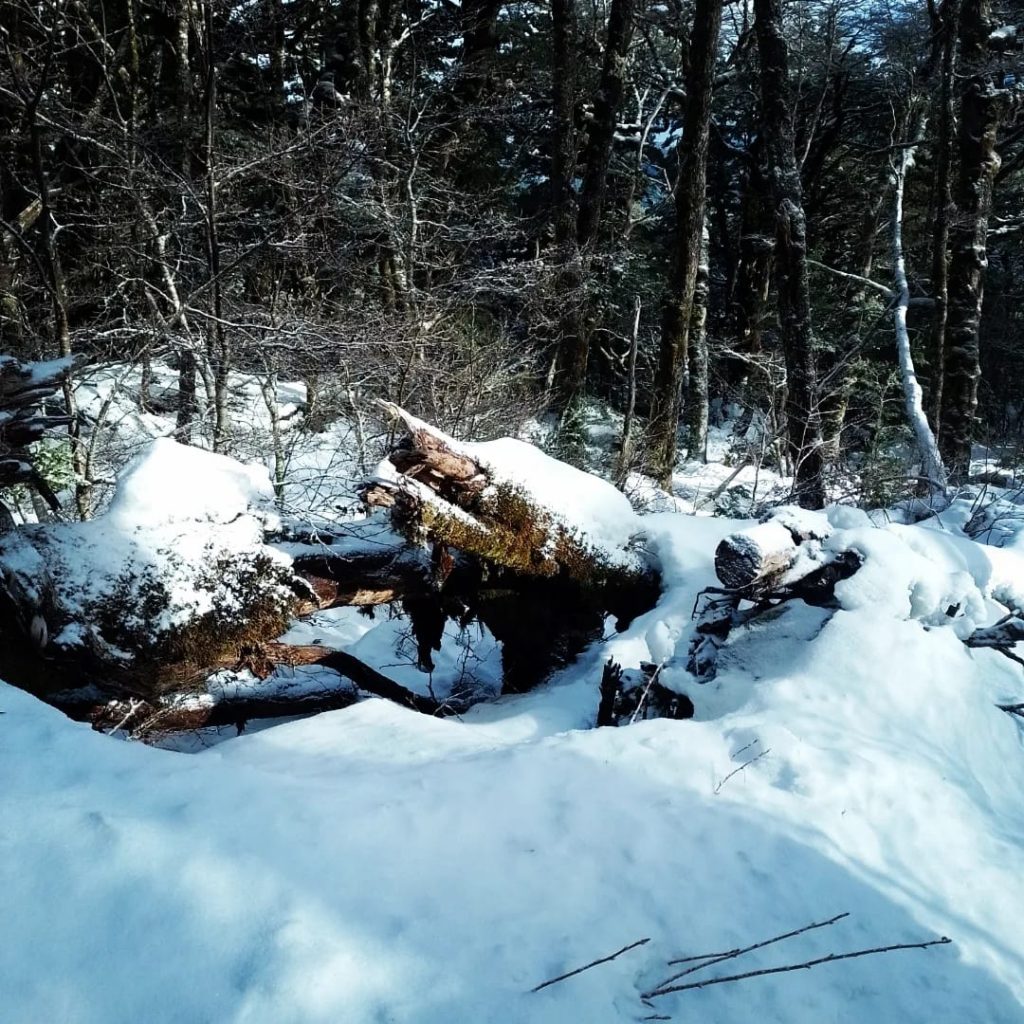
With their transformative power, and since ancient times, these rites offer the individual the opportunity to transcend the mundane and connect with the divine. In the cacophony of the engulfing radiations of an increasingly secular contemporary world, they serve as beacons guiding those with the intellectual capacity to comprehend their mysterious depths toward a deeper understanding of existence and the numinous.
Commonly, initiation rites mark the end of childhood (or of some state of innocence or dirtiness) to give way to life among men, or among those who from that moment on will become their confreres, taking the human being out of his primordial state –beaten and molded by the hammers and anvils of the elemental beings– to insert him now in the dimensions located within the borders of the cosmos, subsequently evolving through the transmutation of his ontological status towards Homo religiosus,[1] leaving behind the more ahrimanic aspects of the mundane. However, for the case of the wayfarer committed to the desire and will to experience and to presence the different manifestations of the numinous, that is, the individual immersed in the discipline of initiatic wandering, his initiation traces a certain path of return to the darkness of innocence and dirtiness, unraveling part of the integrated knowledge of the world. The initiation that appears before the eyes of the wayfarer is the one that creates and recreates the annihilation of the sedimentary layers of civilization that accumulate upon the individual, dressing him in a garb that distances him from the primal, wild nature.
Initiation for the alchemical wayfarer is not about becoming part of a group or society — not in the conventional way. It is not about conforming to a set of beliefs or practices, but about deconstructing the inner world constructed by civilization. Instead, it is about breaking free from the constraints of society and reconnecting with the natural world. It is about rediscovering the inner self and experiencing the infinite possibilities that exist within the burning, incandescent soul of the initiatic wanderer.
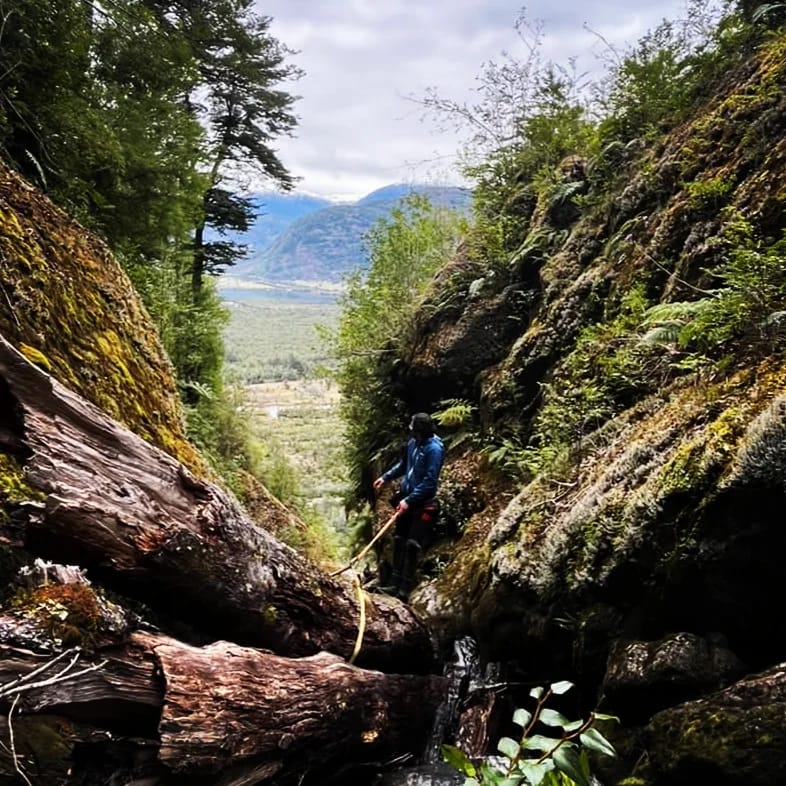
Mud, dirt, disappointment, rain, hunger, blizzard, snow, screams, slippery rocks, tiredness, thirst, grief, humus, mold, disorientation, humidity, suffocating heat, pain, low visibility, misfortunes, fear, etc. are examples of elements that decorate and form part of the unfolding of the rites of initiation (and self-initiation) into the mysteries of the forest passage. Each of the aforementioned constituent parts makes it possible to concretize the ferocious heterological mass that is to be catastrophically crashed against the bleeding wall of civilizational homogeneity. In fact, the tormented and transgressive aspect of a wanderer returning from the forest to the city could be considered as the epitome of heterological aesthetics (this would constitute an attempt at an unconditional affirmation of the tension between heteronomy and autonomy (Kennedy, 2017)). Although the Waldgang embodies the idea of individual autonomy and self-reliance, this quest for autonomy can be understood as a spiritual journey towards self-discovery and self-realization, where individual free himself from external constraints and societal norms that may hinder his connection to the divine.
Even though in terms of an understanding centered on vacuous impressions arising from superficiality, both trekking and theology may seem to be disciplinary approaches that handle concepts and terms remarkably different and distant from each other, and that are framed in dissimilar logical frameworks, in both universes profound explorations of the different aspects of the numinous can be mercifully and rigorously developed.
Apophaticism, often termed «negative theology,» is a philosophical and spiritual approach that emphasizes the limitations of human language and understanding when it comes to describing and seizing the divine. Its philosophical focus centers on negations and denials, asserting that humans can only truly understand what the divine is not, rather than what the divine is.
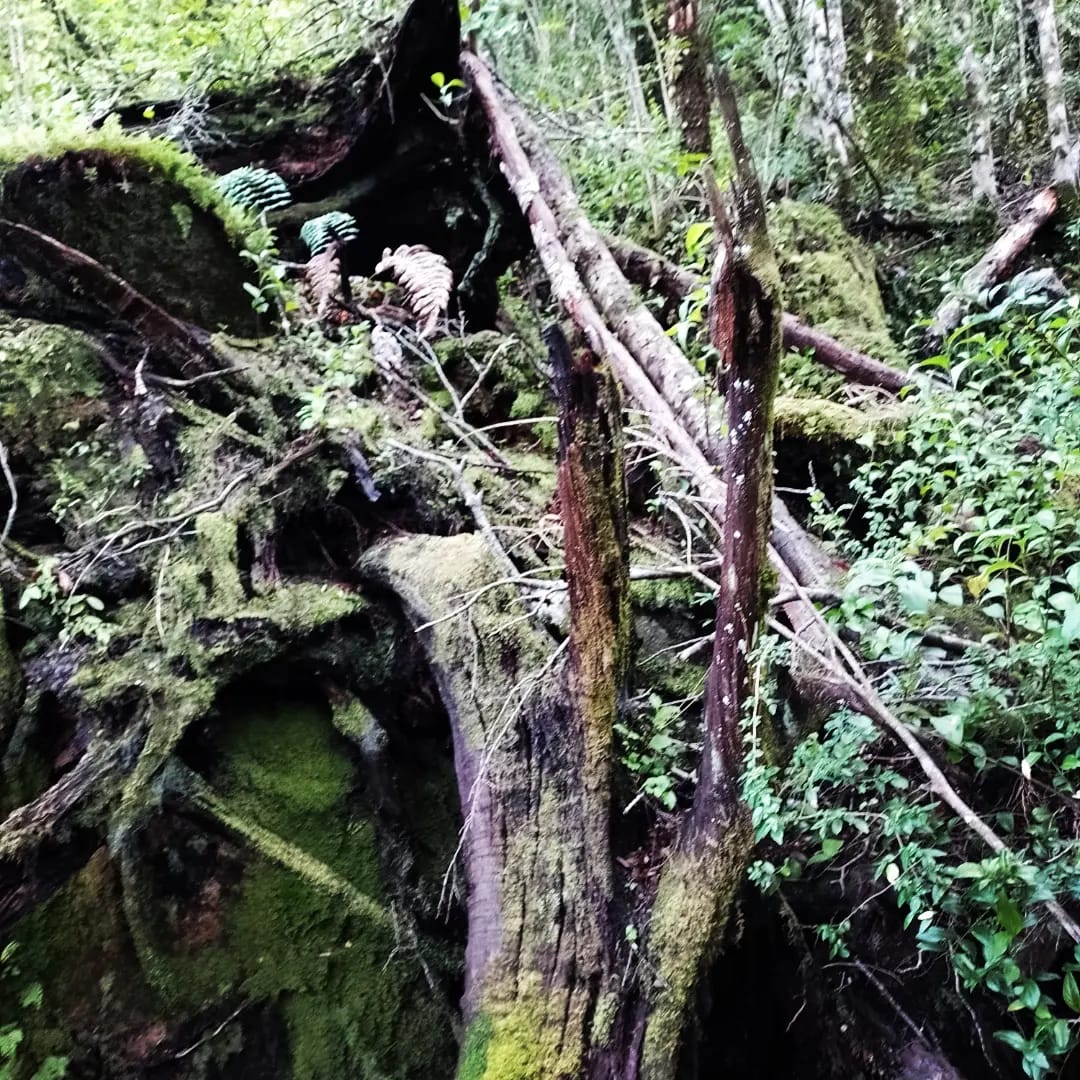
Retreating into the wilderness can be interpreted as a deliberate immersion into the realm of the ineffable divine — a place for kenotic experience to embrace the self. In his solitary exploration, the initiatic wanderer seeks to connect acéphalically —that is, denying his reasonable structures— with the essence of nature, acknowledging that words and concepts could only limit his understanding of it. We could give descriptions of what nature is not — human traces, civilizational intervention. In this negation of the human influence on nature, the initiatic wanderer indirectly approaches the apophatic by highlighting the unknowable, unfathomable and ungraspable aspects of the natural world.
The apophatic way encourages self-emptying or kenosis as a way to approach the divine. By shedding the insatiable hunger of worldly distractions, the initiate seeks to empty his or her life of the superfluous and uncover the subtle realms that lie beneath the surface of the delusional layers of the artificial, as a necessary stage in approaching a deeper, more authentic but also bleeding and shocking connection with the natural world. In this process, he adopts an apophatic approach to nature as the sacred, which aims to transcend the limitations of materialism and superficiality. Visit the interior of the Cathedral, and by the drumming of the beating of the heart in awe and by rectifying what you find there, you will discover the hidden stone.
Along with the grandeur and breathlessly experience of contemplating the tremendous stone walls of a massive mountain, or the violent and tumultuous current of a river, or the ravage movement of the a predator’s jaws as it bites its prey, or the mysterious regenerative power of putrefaction, and so forth, there is the mystical experience of awe in the presence of the divine. Up there or down there —as above, so below—, the initiate puts aside his ego and surrenders to silence and reverence, to dissolve himself into the grialic fire.
Disciple anonyme et muet de la Nature éternelle, apôtre de l’éternelle Charité, il restera fidèle à son vœu de silence.
Dans la Science, dans le Bien, l’Adepte doit à jamais
SE TAIRE.
Thus, the apophatic can be experienced through a sense of wonder that transcends words and, therefore, reason.
By embracing the unknown and unknowable aspects of the natural world rather than seeking to label, categorize, or define the elements of nature, the initiatic wanderer will acknowledge the limits of human comprehension and simply experience the wild environment without mortal, human judgment or analysis, emptying himself and becoming entirely receptive to the heterological waves of the mysterium tremendum et fascinans dwelling in untrodden paths.
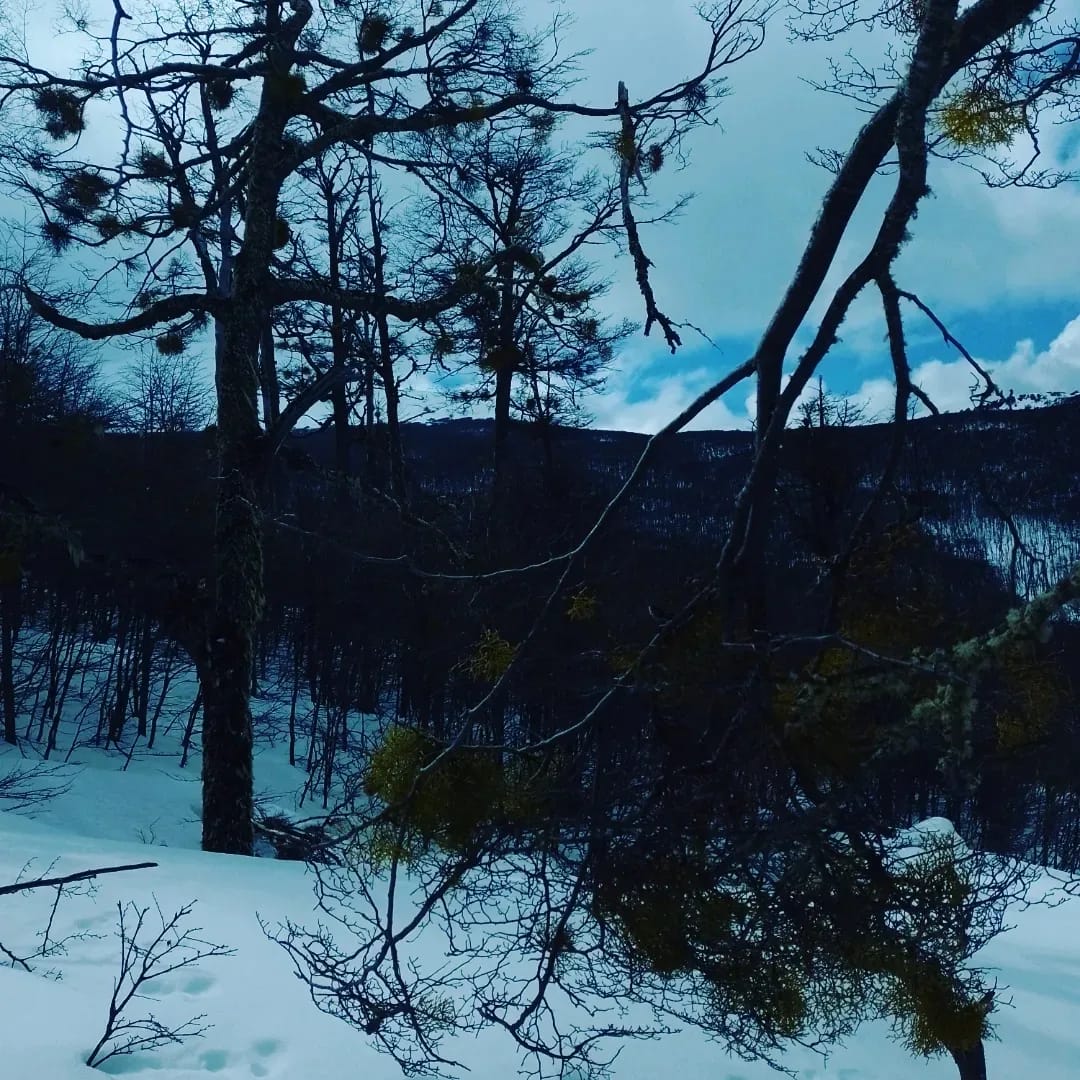
Notes.
[1] This concept refers to Eliade’s belief in the innate religious or spiritual nature of human beings. According to Eliade, at the core of human existence lies a deep-seated religious impulse or orientation. This concept suggests that humans are inherently predisposed to seek meaning and connection with the sacred or divine, and this quest for the transcendent is an essential aspect of human nature. He argued that throughout history and across cultures, humans have engaged in various religious practices, rituals, and mythologies as a means of expressing and fulfilling their religious inclinations. These religious activities serve as a way for individuals to establish a connection with the sacred, to make sense of the world, and to transcend the limitations of everyday existence. Therefore, religion is not merely a cultural or social construct but a fundamental aspect of human identity and experience. It suggests that even in the face of modernity and secularization, the innate religious dimension of humanity persists, and individuals continue to seek spiritual meaning and connection in various forms.
Bibliography.
Kennedy, K. 2017. “Heterology as Aesthetics: Bataille, Sovereign Art and the Affirmation of Impossibility.” Theory, Culture & Society 0(0) 1–20
